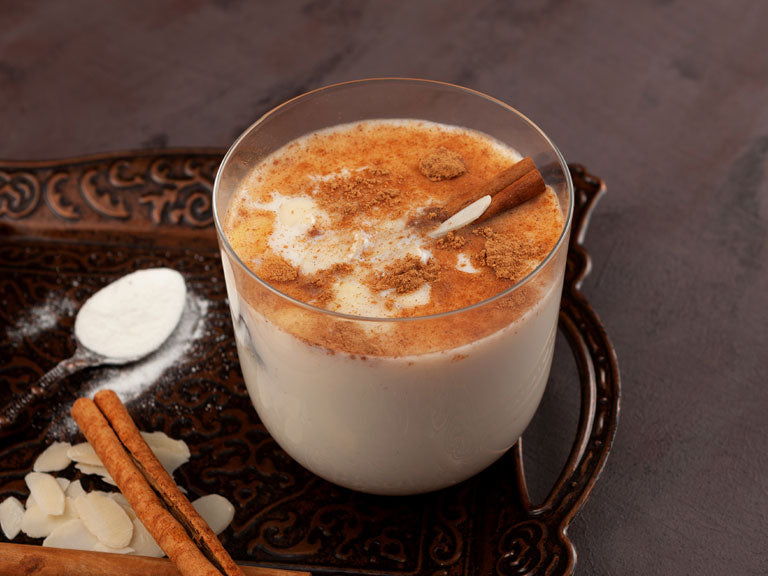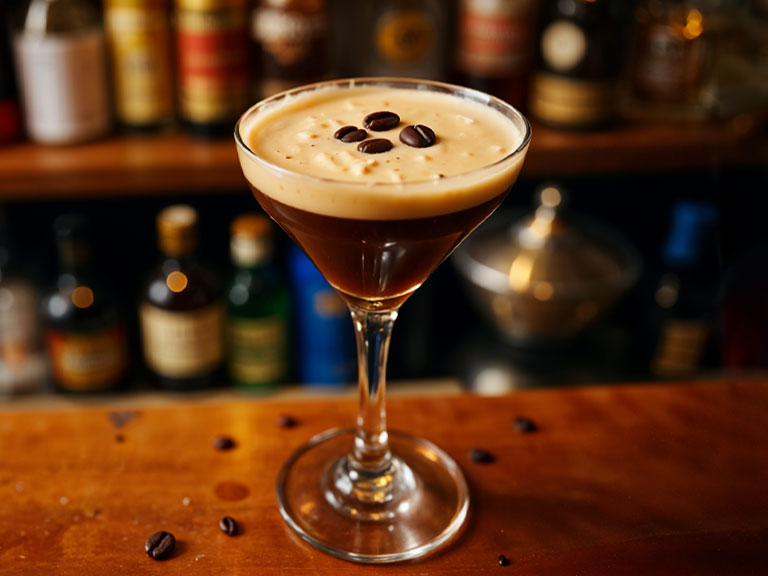DIe Grundlage für einen perfekten espresso

Schlüsselfaktor Mahlgrad
Der Mahlgrad ist einer der Schlüsselfaktoren für eine gelungene Zubereitung des Kaffee´s. Durch einen falschen Mahlgrad wird der Kaffeegeschmack maßgeblich beeinflusst, mithilfe unseres Ratgebers wird dir gezeigt wie du den optimalen Mahlgrad einstellen kannst.
Die Wahl des Mahlgrads hängt vor allem von der Zubereitungsmethode ab. Grundsätzlich gilt: Je feiner der Mahlgrad, desto kürzer die Kontaktzeit mit dem Wasser.
Wenn der Mahlgrad zu fein ist, wird der Kaffee schnell bitter und stark. Ist der Mahlgrad zu grob, schmeckt der Kaffee eher säuerlich und wässrig.
Die optimale Extraktion
Beim Prozess des Aufbrühens löst heißes Wasser die Inhaltsstoffe aus dem Kaffee, dieses Verfahren wird Extraktion genannt. Maximal 30 % der Bestandteile können aus einer Kaffeebohne extrahiert werden. Doch 30 % ist nicht das Ziel, denn dann schmeckt der Kaffee bereits bitter und zu stark. Der optimale Bereich liegt zwischen 18-22%. Dieser Bereich basiert auf Studien von amerikanischen Forschern, die diese Werte in den 60er Jahren durch Umfragen und Tests ermittelt haben. In diesem Spektrum wird die optimale Menge an Inhaltsstoffen herausgelöst und der Kaffee erreicht eine tolle Balance aus Aromen und Intensität.
Mit Hilfe einer Espresso Waage lässt sich die Zubereitung noch präziser abstimmen.


Woran wird eine Über- oder Unterextraktion erkannt?
Bei einem falschen Mahlgrad kann der Kaffee nicht optimal extrahiert werden, sondern wird über- oder unterextrahiert. Dies kann den Geschmack eines guten Kaffees völlig zerstören oder langweilig erscheinen lassen.
Bei einer Überextraktion (Extraktion von mehr als 22 % der Inhaltsstoffe) werden zu viele ungewollte Bitterstoffe und Gerbsäuren aus dem Kaffee gelöst, die die feinen Nuancen überlagern. Dadurch wird der Kaffee sehr dunkel und schmeckt unangenehm bitter und viel zu intensiv. Dies passiert z. B. wenn ein feiner Mahlgrad eine zu lange Kontaktzeit mit Wasser hat.
Eine Unterextraktion (Extraktion von weniger als 18 % der Inhaltsstoffe) hingegen, ergibt einen sehr dünnen, flachen und unterentwickelten Kaffee, da zu wenig Bestandteile herausgelöst wurden. Ein solcher Kaffee ist sehr hell, geschmacklich fehlt es ihm insbesondere an Körper.




